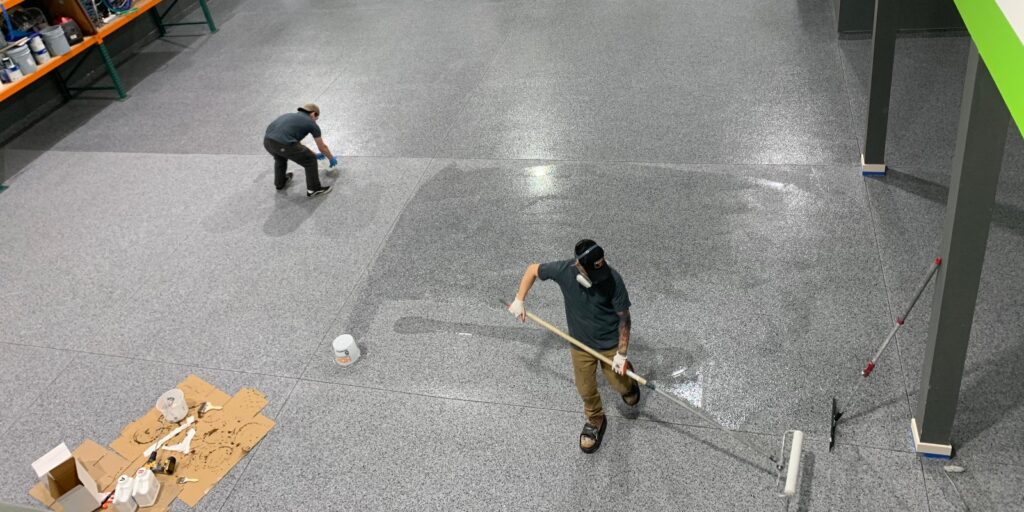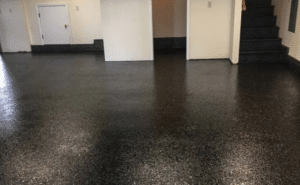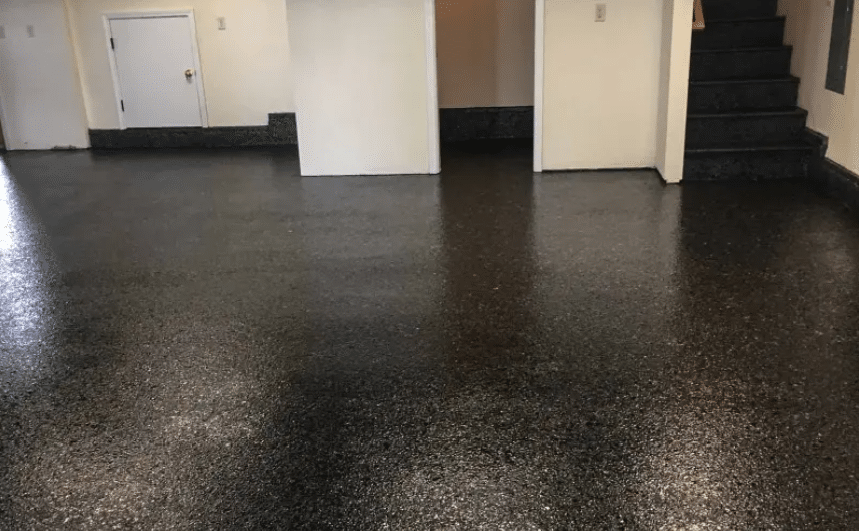Epoxy 101: Everything You Need to Know Before Starting Your Project
Epoxy is not just a household term for a type of glue – it’s a versatile material that’s becoming increasingly popular in the DIY world. From crafting and woodworking to flooring and marine applications, epoxy resins provide a durable, glossy finish that’s both functional and aesthetically pleasing. But before you uncork those bottles and mix up a batch, let’s dive into what you need to know to make your next epoxy project a stunning success.
What is Epoxy?
Epoxy, known scientifically as polyepoxide, is a versatile chemical substance formed by the combination of an epoxide “resin” and a polyamine “hardener”. When meticulously mixed in precise ratios, these two components undergo a fascinating chemical reaction known as curing. This process transforms them into a rigid, durable plastic material that boasts remarkable properties.
This thermosetting polymer is widely acclaimed for its exceptional adhesive qualities, unparalleled resistance to heat, and impressive durability against various chemical additives. Noteworthy is its ability to create a hard, transparent surface that can be meticulously polished to achieve a stunning high-shine finish. Its adaptability allows for a myriad of applications, ranging from simple adhesives to intricate molds and protective coatings, making it a favorite in various industries worldwide.
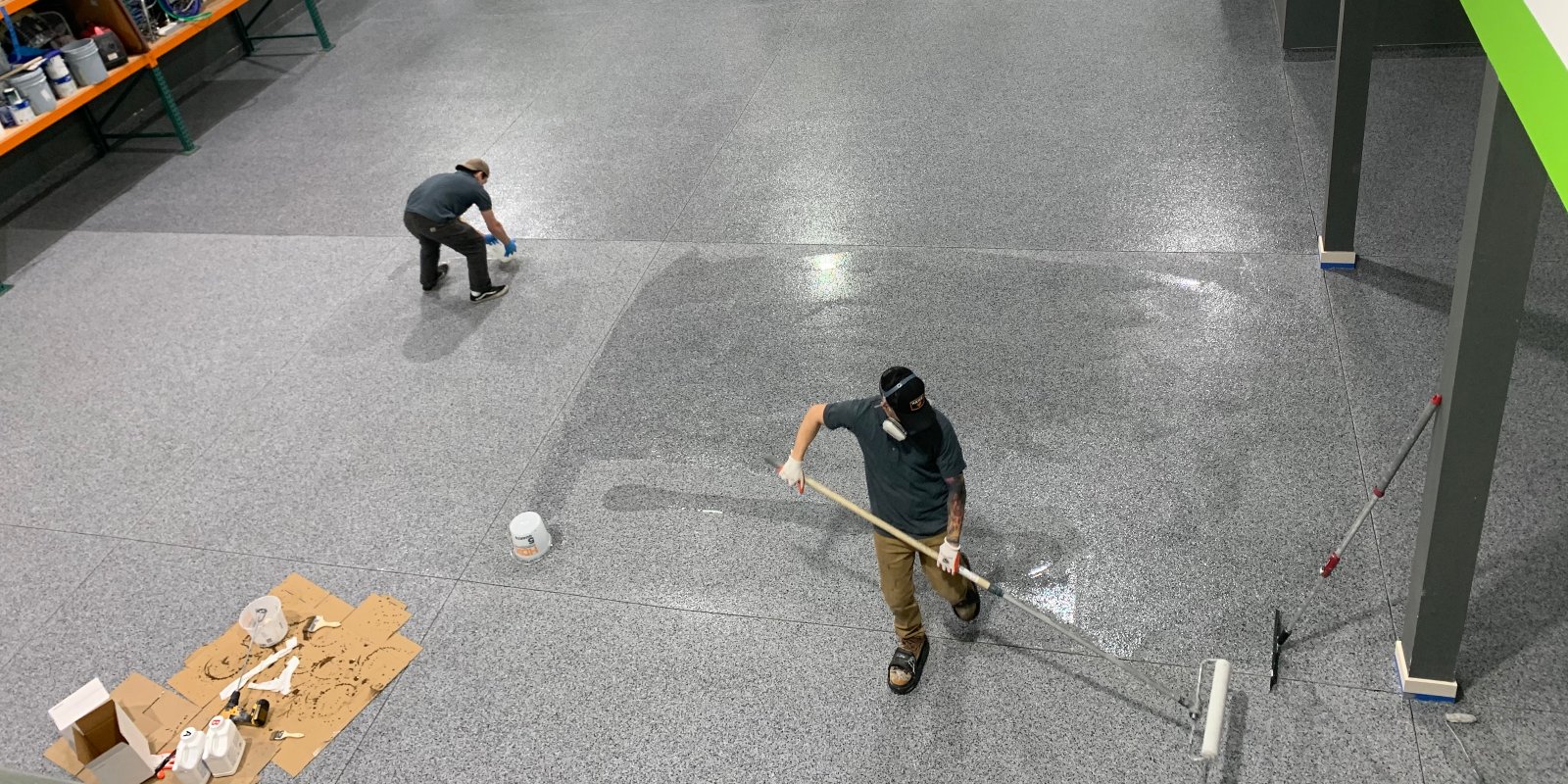
Types of Epoxy
Epoxy resins can be categorized into several types, each with unique properties and uses. The most common types of epoxy include:
- General Purpose Epoxy: This is a standard resin used for general DIY projects and crafting. It’s an excellent all-rounder for bonding, coating, and casting.
- High-Temperature Epoxy: Designed to withstand extreme temperatures, this epoxy is perfect for industrial applications where heat resistance is crucial.
- Waterproof Epoxy: Specifically formulated to resist water, this type is ideal for marine applications, such as boat building and repairs.
- Flexible Epoxy: Unlike its rigid counterparts, flexible epoxy can withstand movement and is used in situations where a degree of flexibility is needed.
- Quick-Set Epoxy: For projects that require fast curing times, quick-set epoxies provide a strong bond in a fraction of the time required by standard epoxies.
- Food-Safe Epoxy: Certified as safe for contact with food, this epoxy is used for countertops, cutting boards, and other kitchen items.
Understanding the differences and selecting the correct type of epoxy is essential for the success of your project. Each type is formulated to ensure optimum performance in its intended application.
Benefits and Uses of Epoxy
Epoxy resin offers a treasure trove of benefits that make it an attractive option for DIY enthusiasts and professionals alike. Among its many advantages, epoxy is celebrated for its exceptional strength and adhesion, which make it an ideal bonding agent for various materials including metals, plastics, and wood. This robust adhesion is coupled with remarkable resistance to wear and tear, chemicals, and water, thereby ensuring long-lasting finishes that withstand the test of time.
Epoxy’s uses are almost limitless, ranging from minor household repairs to industrial-level applications. It serves as an essential resource in woodworking for creating a seamless and durable finish on tables, benches, and other furniture pieces. Artisans and craftspeople utilize crystal-clear epoxy for encapsulating objects for display, or for creating unique jewelry and art pieces with vibrant colors and effects. In construction, epoxy is used for flooring applications, providing a resilient, easy-to-clean surface ideal for garage floors, warehouse floors, and hospitals. On watercraft, applying epoxy ensures a watertight seal, protecting vessels from the harsh marine environment. The versatility of epoxy also extends to its role in electronic systems, where it insulates and protects circuits and components.
From utility to creativity, the uses of epoxy are bound only by the user’s ingenuity, making it a foundational element in a multitude of projects.
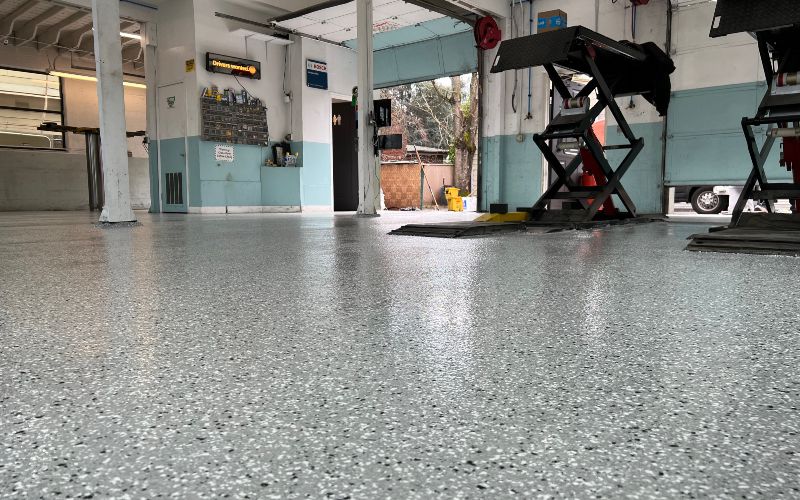
Preparing for Your Epoxy Project
Before embarking on your epoxy project, it’s crucial to gather all necessary materials and take the appropriate safety measures to ensure a smooth and safe process. Firstly, arm yourself with protective gear such as gloves, goggles, and a respirator mask to shield against potential fumes and skin irritation. Next, ensure your workspace is well-ventilated, clean, and dust-free to avoid any contamination in the epoxy mixture.
You’ll need to assemble your tools and supplies, including mixing cups, stirring sticks, a heat gun or torch for removing air bubbles, and a precise scale for measuring components accurately. Surface preparation is key; make sure the objects or areas you plan to coat are sanded smooth and free of any oily residue.
Lastly, it’s essential to read the instructions provided with your epoxy resin kit thoroughly. Pay careful attention to the recommended mix ratios, curing times, and temperature requirements, as these can significantly affect the outcome of your project. With these preparations in place, you’ll be set to create with confidence.
Tips and Tricks for Working with Epoxy
To ensure success when working with epoxy resin, consider the following tips and tricks:
- Maintain Optimal Temperature: Epoxy reacts best at temperatures between 70 to 75 degrees Fahrenheit. Too cold, and it may not cure properly; too hot, and it may cure too quickly.
- Measure Precisely: Use digital scales for accuracy when measuring the resin and hardener. Inaccurate measurements can lead to incomplete curing and a sticky finish.
- Mix Thoroughly: Stir the mixture for at least 3-5 minutes, scraping the sides and bottom of your container to avoid unmixed pockets that could result in weak spots.
- Eliminate Bubbles: After pouring, use a heat gun or torch to lightly pass over the surface to pop any trapped air bubbles, which can mar the finish.
- Seal The Edges: If you’re coating surfaces like tabletops, apply tape around the edges to create a barrier that prevents drips and controls the epoxy’s flow.
- Test First: Before using epoxy on your final project, do a small test piece to ensure proper mixing, and curing, and to understand its behavior.
- Work in Layers: For thick applications, build up layers incrementally to avoid excessive exothermic reactions, which can crack or distort the final product.
By applying these techniques, you increase the likelihood of achieving a professional and flawless result in your epoxy projects.

Common Mistakes to Avoid When Using Epoxy
While epoxy can be forgiving, certain missteps can undermine the quality and durability of the end result. Here are some common mistakes to steer clear of when using epoxy:
- Inadequate Surface Prep: Skipping the sanding and cleaning process can leave you with a weak bond or a surface marred by contaminants.
- Ignoring Environmental Conditions: High humidity and temperatures outside the recommended range can prevent epoxy from curing correctly.
- Using Expired Materials: Epoxy has a shelf life, and using materials past their expiration date can lead to suboptimal curing and weak structural integrity.
- Rushing the Cure Time: Attempting to accelerate the curing process with added heat or moving the project too soon can cause the epoxy to crack or amber.
- Neglecting the Manufacturer’s Instructions: Every epoxy is different, and not adhering to the specific mix ratios and application methods can lead to disappointing results.
- Poor Mixing Practices: Failing to mix the epoxy resin and hardener thoroughly can create areas that never fully harden, compromising the strength of the bond.
- Applying Too Much Epoxy at Once: Overenthusiastic pouring can cause the mixture to overheat (exothermic reaction) and crack.
By avoiding these pitfalls, you can ensure a higher success rate in your epoxy projects and enjoy the satisfaction of a job well done.
In conclusion, epoxy floor coating is a versatile and essential resource in various industries and projects. With proper preparation, attention to detail, and adherence to best practices, you can achieve professional results in your epoxy endeavors. From woodworking and construction to art and electronics, the possibilities are endless with this durable and resilient material. So gather your materials, take the necessary safety precautions, and start creating with epoxy today! Remember, the only limit is your imagination. So go forth and unleash your creativity with epoxy – the possibilities are endless. Happy crafting!
https://www.google.com/maps?cid=2589512530409833629


